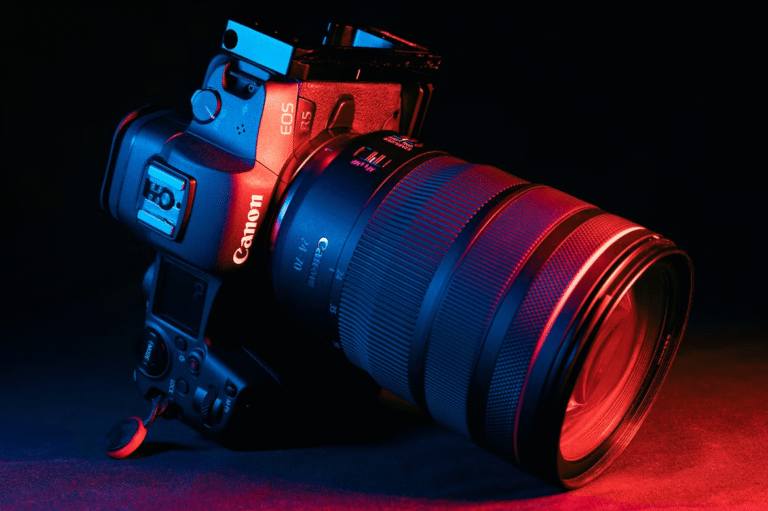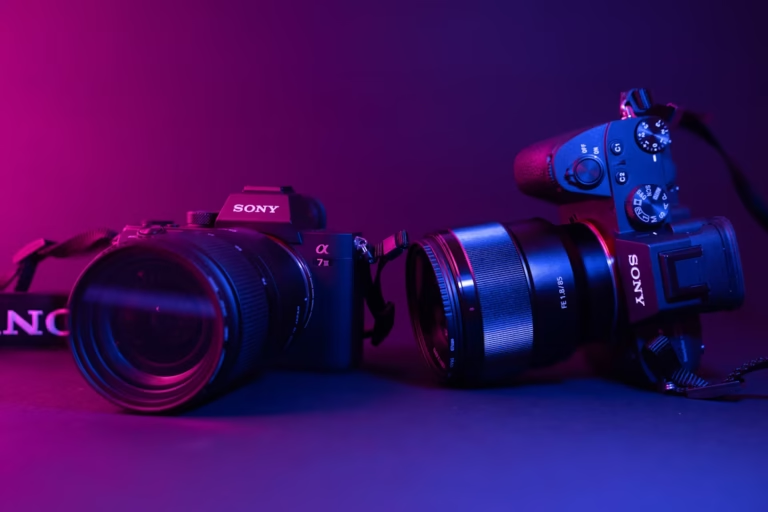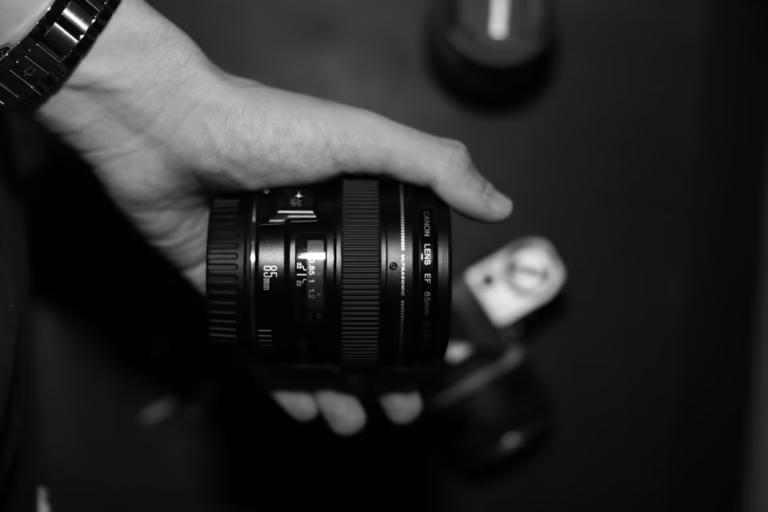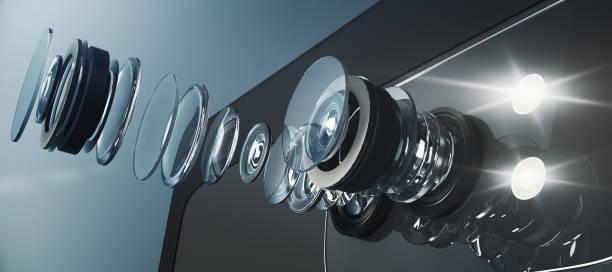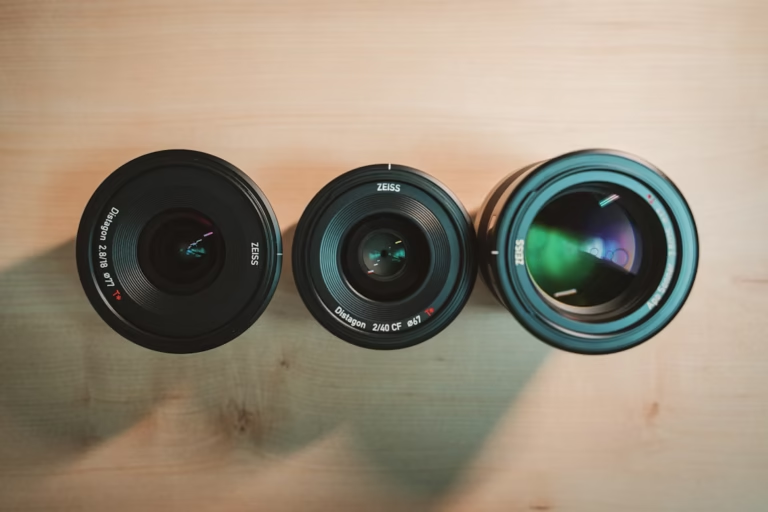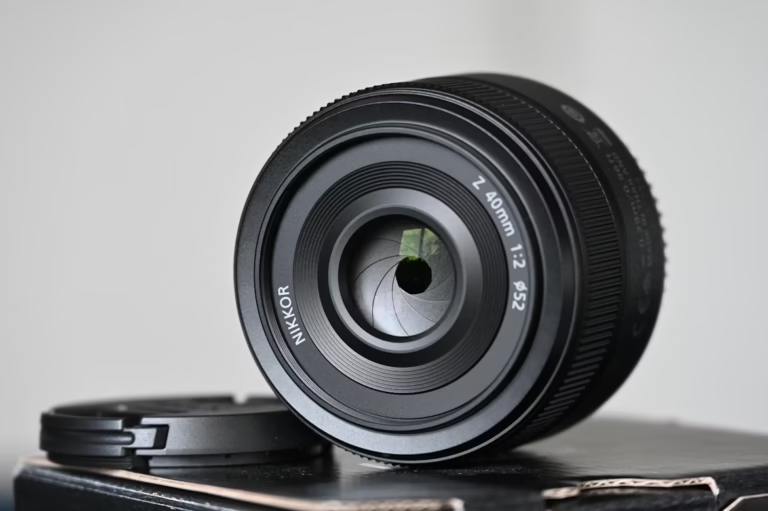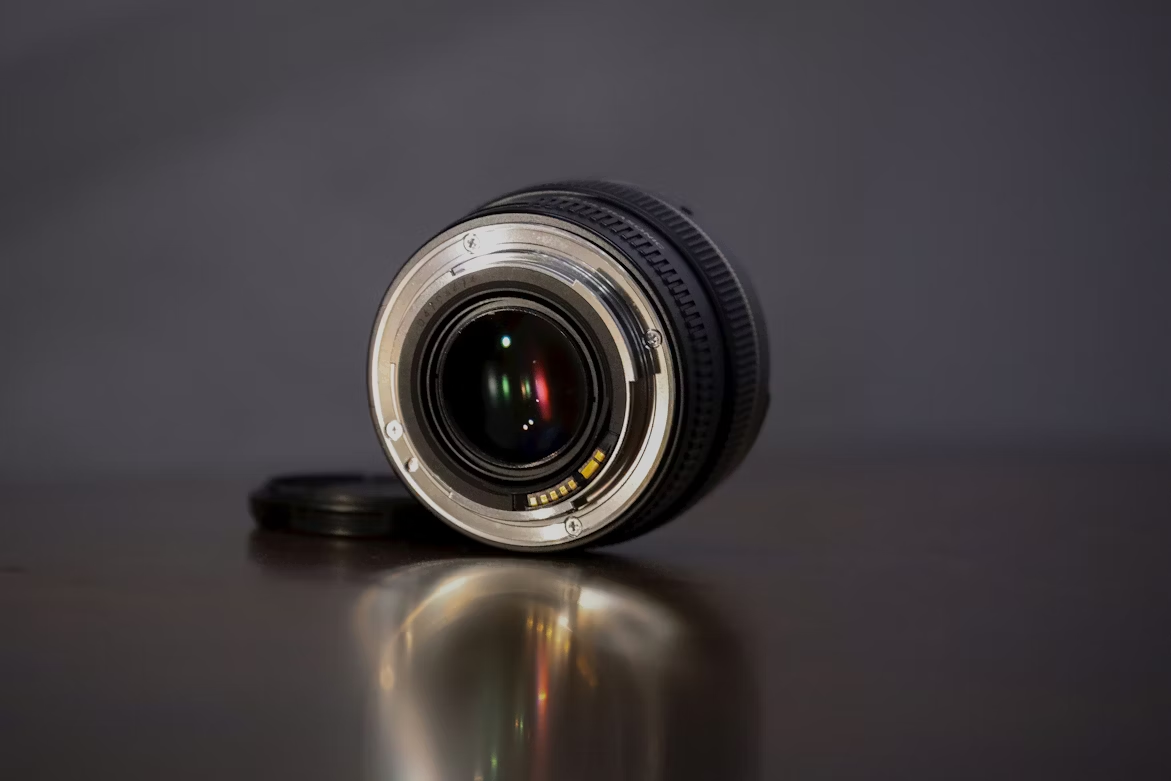
Camera lenses are the heart of photography, shaping the quality, clarity, and creative potential of every image. With countless brands on the market, selecting the right lens can feel overwhelming. This article highlights the top 17 best camera lens brands, detailing their unique features, strengths, and why they stand out in the competitive world of photography. From industry giants like Canon and Nikon to niche players like Leica and Hasselblad, this guide offers reliable insights to help you choose the perfect lens brand for your needs.
Related Articles:
Key Takeaways
- Canon and Nikon dominate with comprehensive lens lineups for DSLR and mirrorless systems, catering to a wide range of photographers.
- Sony and Fujifilm excel in mirrorless technology, offering innovative, high-quality lenses for compact camera systems.
- Third-party brands, such as Sigma, Tamron, and Laowa, offer cost-effective alternatives with performance that rivals that of original equipment manufacturers (OEMs).
- Professionals favor specialty brands such as Leica, Zeiss, and Hasselblad for their unmatched optical excellence.
- The best lens brand depends on your camera system, photography style, and budget, ensuring there’s an option for every photographer.
Best Camera Lens Brands
Below is a detailed list of the top 17 camera lens brands, each recognized for its contributions to photography through quality, innovation, and versatility.
1. Canon
- Known for: Extensive lens lineup, including the professional L-series, renowned for optical quality, durability, and weather resistance.
- Best for: Professional photographers, Canon DSLR or mirrorless users, and those prioritizing reliability.
- Why it’s the best: Canon offers one of the largest lens portfolios, with 97 lenses, including 36 for mirrorless RF-mount systems. Their L-series lenses, like the RF 70-200mm f/2.8L IS USM, are celebrated for sharpness, fast autofocus, and robust build, making them ideal for sports, wildlife, and portrait photography.
2. Nikon
- Known for: G-series lenses, excellent optical performance, and a wide selection of focal lengths.
- Best for: Nikon system users, professionals needing high-end optics for various genres.
- Why it’s the best: Nikon boasts 123 lenses, with 39 for Z-mount mirrorless cameras, including 21 premium S-Line lenses. Their lenses, such as the NIKKOR Z 85mm f/1.8 S, are praised for sharpness and bokeh, catering to portrait and low-light photographers.
3. Sony
- Known for: E-mount lenses, including the G-Master series, designed for mirrorless cameras.
- Best for: Mirrorless users, videographers, and those seeking compact, cutting-edge technology.
- Why it’s the best: Sony offers over 39 E-mount lenses, with more than 30 for full-frame cameras. The G-Master series, like the FE 16-35mm f/2.8 GM II, delivers exceptional sharpness and fast autofocus, ideal for video and stills. Sony’s collaboration with Zeiss enhances its optical quality.
4. Fujifilm
- Known for: X-mount and G-mount lenses, excellent color rendition, and compact designs.
- Best for: Street photographers, travel enthusiasts, and Fujifilm camera users.
- Why it’s the best: Fujifilm provides 54 lenses, including 37 X-mount for APS-C and 17 G-mount for medium format. Lenses like the XF 35mm f/1.4 R are lauded for their sharpness and compact size, perfect for street and portrait photography.
5. Olympus (OM System)
- Known for: Micro Four Thirds lenses, compact and lightweight, with high image quality.
- Best for: Travel photographers, Micro Four Thirds users, and those prioritizing portability.
- Why it’s the best: OM System offers 30 Micro Four Thirds lenses, such as the M.Zuiko Digital ED 90mm f/3.5 Macro IS PRO, known for sharpness and compact design. These lenses are ideal for travel due to their small size and versatility.
6. Panasonic
- Known for: Micro Four Thirds and L-mount lenses, often with Leica branding, and strong video capabilities.
- Best for: Videographers, hybrid shooters, and Micro Four Thirds or L-mount users.
- Why it’s the best: Panasonic offers 51 lenses, including the Lumix G X Vario 35-100mm f/2.8, which is compatible with Leica and Sigma L-mount systems. Their lenses excel in video with features like dual image stabilization.
7. Leica
- Known for: High-end M-mount and L-mount lenses, premium build, and optical excellence.
- Best for: Professionals, enthusiasts valuing craftsmanship, and Leica camera users.
- Why it’s the best: Leica’s lenses, like the APO-Summicron-M 50mm f/2 ASPH, are handcrafted for unparalleled sharpness and bokeh. Despite their high cost, they are favored for their durability and timeless quality.
8. Zeiss
- Known for: Otus, Milvus, Batis, and Loxia lines, and collaborations with Sony.
- Best for: Photographers seeking premium optical performance, Sony E-mount users.
- Why it’s the best: Zeiss lenses, such as the Batis 85mm f/1.8, are renowned for their clarity and minimal distortion. Their cinema and still photography lenses are trusted by professionals for their precision.
9. Sigma
- Known for: Art, Sports, and Contemporary lines, available for multiple mounts.
- Best for: Photographers seeking high-quality third-party lenses, budget-conscious professionals.
- Why it’s the best: Sigma offers 62 lenses across various mounts, with the Art line, like the 23mm f/1.4 DC DN, rivaling OEM quality at lower prices. Their versatility and affordability make them a top choice.
10. Tamron
- Known for: Affordable, high-quality lenses for multiple mounts.
- Best for: Budget-conscious photographers, those needing specific focal lengths.
- Why it’s the best: Tamron provides 28 lenses, with 20 for mirrorless systems, such as the 17-50mm f/4 for Sony E-mount. Their lenses offer excellent value, with performance close to OEM brands.
11. Laowa
- Known for: Unique focal lengths, ultra-wide angles, and macro lenses.
- Best for: Photographers needing specialized lenses, creative shooters.
- Why it’s the best: Laowa, under Venus Optics, offers innovative lenses like the 15mm f/4.5 Zero-D Shift, ideal for architecture and macro photography. Their affordability and quality make them stand out.
12. NiSi
- Known for: Wide-angle and macro lenses, competitive pricing.
- Best for: Landscape photographers, budget-conscious users.
- Why it’s the best: NiSi provides high-quality lenses for various mounts, focusing on wide-angle and macro options. Their affordability makes them accessible for hobbyists and professionals alike.
13. Samyang (Rokinon)
- Known for: Fast prime lenses, affordable prices, and manual focus options.
- Best for: Beginners, photographers wanting fast apertures on a budget.
- Why it’s the best: Samyang offers 111 lenses, including fast primes like the 50mm f/1.4, known for their low-light performance and bokeh at budget-friendly prices.
14. Tokina
- Known for: Wide-angle lenses, some zooms, and good value.
- Best for: Photographers needing wide-angle coverage, budget-conscious users.
- Why it’s the best: Tokina’s lenses, like the AT-X 11-16mm f/2.8, are popular for landscape and architectural photography due to their sharpness and affordability.
15. Hasselblad
- Known for: Medium format lenses, exceptional image quality.
- Best for: Professional photographers requiring high resolution, medium format users.
- Why it’s the best: Hasselblad’s lenses, designed for medium format cameras, deliver unmatched detail and color accuracy, ideal for fashion, portrait, and fine art photography.
16. Pentax
- Known for: K-mount lenses, unique offerings like the FA Limited series.
- Best for: Pentax users, photographers appreciating heritage and unique designs.
- Why it’s the best: Pentax offers compact, high-quality lenses like the FA 43mm f/1.9 Limited, known for their sharpness and distinctive rendering, appealing to loyal Pentax users.
17. Angenieux
- Known for: Historical significance, high-quality zoom lenses for still and cinema photography.
- Best for: Cinematographers, enthusiasts of vintage or specialty lenses.
- Why it’s the best: Angenieux, known for pioneering zoom lenses like the 45-90mm f/2.8 for Leicaflex, has a legacy in both still and cinema optics. Their lenses are valued for their unique rendering and build quality.
Frequently Asked Questions (FAQs)
| Question | Answer |
|---|---|
| What is the best camera lens brand for professionals? | Canon, Nikon, Sony, Leica, and Zeiss are highly regarded for professional-grade lenses, offering exceptional image quality, durability, and advanced features tailored for professional use. The choice depends on the camera system and specific needs. |
| Which lens brand offers the best value for money? | Third-party brands like Sigma, Tamron, and Samyang provide excellent value, delivering high-quality optics at lower prices compared to OEM brands. For example, Sigma’s Art lenses rival Canon and Nikon in performance. |
| Are third-party lens brands as good as OEM brands? | Many third-party brands, such as Sigma and Tamron, have closed the quality gap with OEMs, offering comparable optical performance. However, compatibility, autofocus speed, and build quality may vary, so research is key. |
| What are the top lens brands for mirrorless cameras? | Sony, Fujifilm, Olympus, Panasonic, and Leica lead in mirrorless lens development, offering lenses optimized for compact systems with fast autofocus and video capabilities. |
Conclusion
Selecting the best camera lens brand depends on your photography goals, camera system, and budget. Industry leaders like Canon and Nikon offer versatility and reliability, while Sony and Fujifilm push the boundaries of mirrorless technology. Third-party brands like Sigma and Tamron provide cost-effective alternatives, and specialty brands like Leica and Hasselblad cater to those seeking premium optics. By understanding the strengths of these top 17 camera lens brands, you can make an informed decision to elevate your photography. Explore these brands further through reputable sources like DPReview, B&H Photo, and manufacturer websites to find the perfect lens for your needs.

